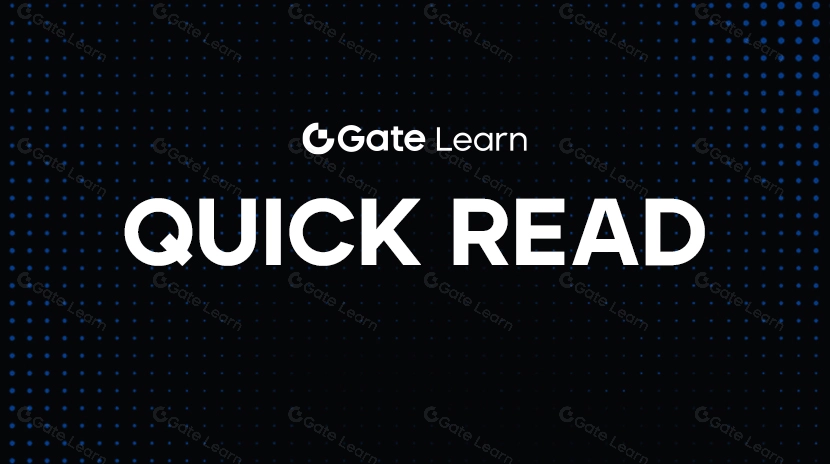Perspectivas futuras de HBAR Coin: Actualizaciones tecnológicas, Expansión del ecosistema y Tendencias del mercado
1. Antecedentes del Proyecto de la Moneda HBAR
La moneda HBAR (Hedera) fue fundada por el científico informático estadounidense Leemon Baird, quien inventó el algoritmo Hashgraph, y Mance Harmon. La red principal de Hedera fue lanzada oficialmente en 2019, y “HBAR” es su criptomoneda nativa. Hedera tiene como objetivo construir una cadena de bloques pública empresarial de alta velocidad, justa y segura mejorando el rendimiento y la eficiencia a través de su innovador consenso de Grafo Acíclico Dirigido (DAG). A diferencia de las cadenas de bloques tradicionales, Hedera no está construida en bloques, sino que utiliza la tecnología única de “Hashgraph”, conocida como la “Capa de Confianza”, que admite un alto rendimiento y transacciones de bajo costo.
Hedera es respaldada por un poderoso consejo de gobierno, que incluye instituciones de renombre mundial como Google, IBM y Boeing, lo que demuestra su ambición en el sector de aplicaciones empresariales. Desde su inicio, Hedera ha innovado continuamente en rendimiento, gobernanza y desarrollo del ecosistema, brindando una base sólida para aplicaciones descentralizadas.
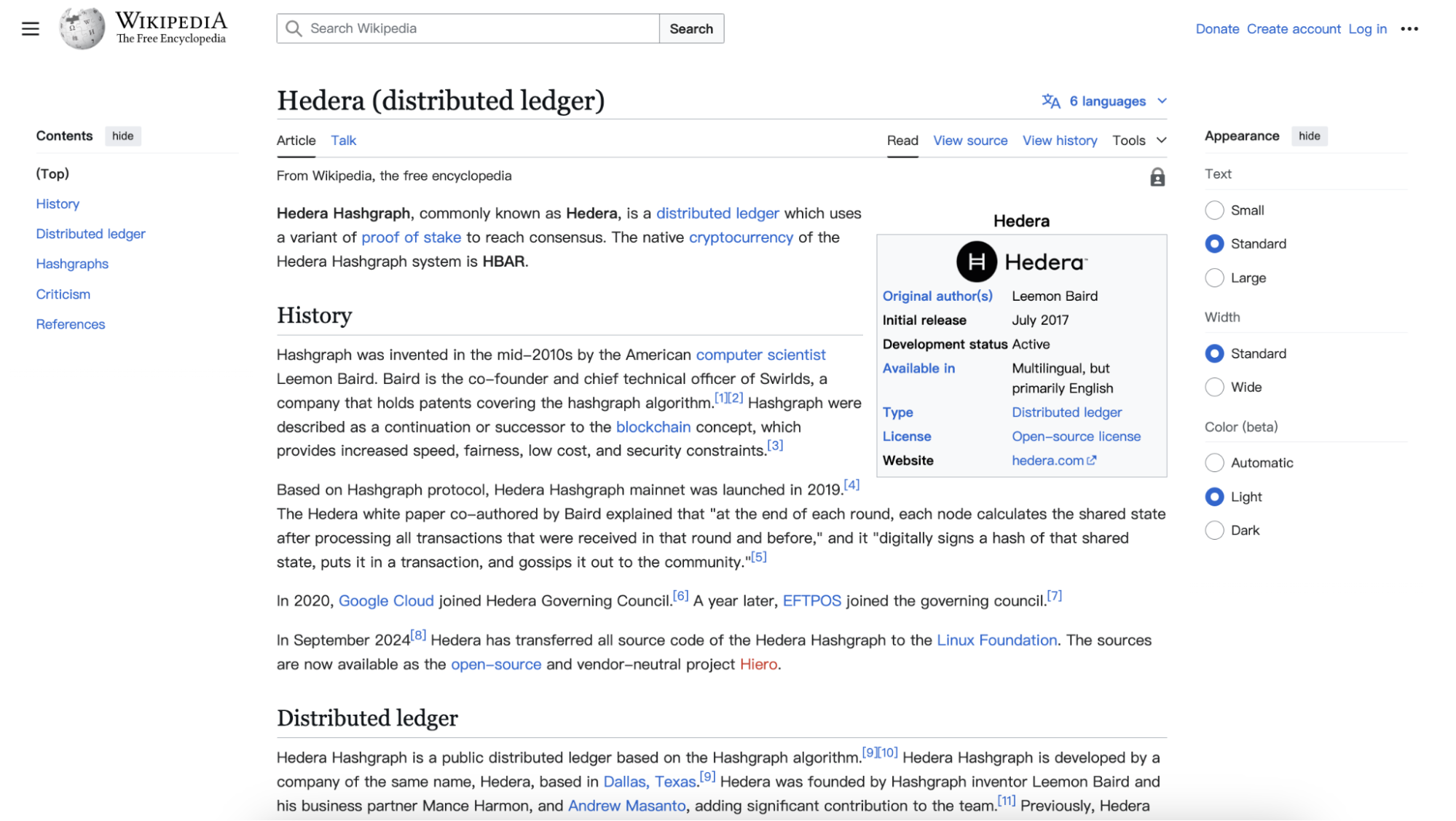
Fuente:Hedera (libro mayor distribuido) - Wikipedia
El desarrollo de Hedera ha experimentado varios hitos importantes: en 2020, Google Cloud se unió al Consejo de Gobierno de Hedera, lo que mejoró la credibilidad del proyecto; en septiembre de 2021, el Consejo de Gobierno de Hedera decidió asignar alrededor del 20% (10.700 millones) de HBAR a un fondo de desarrollo de ecosistemas, la mitad del cual se entregó a la recién creada Fundación HBAR para financiar el desarrollo de aplicaciones en áreas como DeFi, NFT y monedas digitales de bancos centrales (CBDC). Para 2024, Hedera había donado todo su código fuente a la Fundación Linux para su alojamiento y adoptó "Hiero" como nombre en clave del proyecto de código abierto, simbolizando el modelo de desarrollo completo de código abierto e impulsado por la comunidad del proyecto. En general, HBAR Coin, respaldada por su tecnología única y su apoyo institucional de primer nivel, ha establecido una posición distintiva en la industria de la cadena de bloques.

Fuente: Oficial de Hedera, Hedera Official, cofundador de Hedera, hablando en HederaCon, con el logo de Hedera y la visión de la “Capa de Confianza de la Economía Digital” mostrada en pantalla.
2. Tecnología y arquitectura de consenso de la moneda HBAR
La red Hedera, en la que HBAR depende, emplea el revolucionario algoritmo de consenso Hashgraph. Este algoritmo logra una seguridad de consenso de nivel de tolerancia a faltas bizantinas asincrónicas (aBFT) a través del protocolo de "Chismes sobre Chismes" (propagación de chismes) y un mecanismo de votación virtual. En términos simples, cada nodo difunde continuamente información de transacciones de manera "chismosa", acompañada de hashes de eventos anteriores, formando un Gráfico Acíclico Dirigido (DAG) ordenado en el tiempo. Este diseño elimina la necesidad de bloques y minería, asegurando la equidad en el orden de las transacciones y mejorando significativamente la eficiencia.
Según los datos oficiales de Hedera, las tarifas de transacción pueden ser tan bajas como $0.0001, con un tiempo promedio de confirmación de menos de 5 segundos. La capacidad teórica de la red puede superar los 10,000 TPS, superando con creces los 5-20 TPS de las cadenas tradicionales de PoW. Esta arquitectura de alto rendimiento le da a Hedera una ventaja significativa en cuanto a velocidad y costo.
Desde un punto de vista de arquitectura técnica, Hedera ofrece varios componentes de servicio: el Servicio de Token de Hedera (HTS) admite la emisión y configuración de tokens nativos y NFT, con solo unas pocas líneas de código necesarias para crear un token; el Servicio de Consenso de Hedera (HCS) proporciona marcas de tiempo de confianza y servicios de ordenación de mensajes, actuando como una capa de confianza para otras aplicaciones; y el Servicio de Contrato Inteligente de Hedera es compatible con los contratos inteligentes Solidity de Ethereum, lo que permite a los desarrolladores migrar fácilmente DApps. Además, hay servicios de almacenamiento de archivos y otros. La funcionalidad de contrato inteligente de Hedera se actualizó en 2023 para lograr equivalencia con la Máquina Virtual Ethereum (EVM), lo que permite a los desarrolladores implementar contratos en Hedera utilizando herramientas de Ethereum.
Vale la pena señalar que la red de Hedera ha experimentado actualizaciones técnicas continuas. Por ejemplo, las versiones v0.56 y v0.59 introdujeron soporte para transacciones atómicas entre servicios (HIP-206) y características de autorización de cuentas (HIP-906), mejorando la utilidad de los servicios de tokens y los modelos de cuentas. Estas actualizaciones se han discutido en la comunidad a través del proceso de propuesta HIP y aprobadas por el consejo, reflejando los esfuerzos continuos de Hedera para mejorar la funcionalidad de la red y adaptarse a las demandas emergentes, como operaciones complejas en DeFi.
En términos de mecanismos de seguridad, Hedera emplea un consenso mejorado de Prueba de Participación (PoS). Los titulares de HBAR pueden participar en el staking para ayudar a asegurar la red. Actualmente, los nodos de la red son operados por Hedera y los miembros del consejo, pero el plan a largo plazo es abrir la red a miles de nodos públicos para el consenso. Según la hoja de ruta de Hedera, a medida que la tecnología madure, la red se irá trasladando gradualmente a un modelo de nodo sin permisos, lo que permitirá a los nodos de la comunidad unirse en la validación para mejorar aún más la descentralización. En conclusión, la tecnología subyacente de HBAR, que combina el alto rendimiento del algoritmo Hashgraph con la seguridad económica del mecanismo PoS, sienta una base sólida para la expansión de su ecosistema, mientras que las actualizaciones técnicas continuas aseguran que siga siendo un líder en la industria.
3. HBAR Coin Tokenomics
El diseño del token HBAR refleja un modelo económico claro en cuanto a oferta, distribución y uso. En cuanto a la oferta, la oferta total de HBAR está fijada en 50 mil millones de tokens. A partir de abril de 2025, aproximadamente 42,22 mil millones de HBAR están en circulación, lo que representa alrededor del 84% de la oferta total. Es importante tener en cuenta que HBAR sigue un modelo donde la oferta total se genera de antemano y luego se libera gradualmente. La asignación inicial cubrió varios campos, incluido el equipo fundador, inversores y desarrollo del ecosistema, con un cronograma de liberación claro. Por ejemplo, los dos fundadores recibieron cada uno el 2% de los tokens (2 mil millones), que se desbloquearán de forma lineal durante 6 años, y los primeros ejecutivos tenían un total de aproximadamente el 5%, que se liberó por completo en 2021.
Según el pronóstico oficial de Hedera para 2020, el plan era tener alrededor de 17.03 mil millones de HBAR (34% del total) en circulación para 2025. Sin embargo, debido al desarrollo acelerado del ecosistema, la circulación real ha superado con creces las expectativas, gracias principalmente a las distribuciones de incentivos del ecosistema a gran escala, que llevaron los tokens a la circulación del mercado antes de lo previsto.
En cuanto a la asignación, el consejo rector de Hedera ha definido claramente y ha bloqueado el suministro de HBAR para diferentes propósitos. Según el último informe de marzo de 2025, la distribución del suministro total de HBAR es la siguiente:
Desarrollo del ecosistema y código abierto: 25.24 mil millones de HBAR, que representan el 50.5% del suministro total, se asignan para apoyar proyectos del ecosistema de Hedera, incentivos para desarrolladores y subvenciones de la Fundación HBAR. Esta es la parte más grande, que refleja el enfoque de Hedera en el desarrollo del ecosistema. Desde su establecimiento en 2021, la Fundación HBAR ha recibido 5.35 mil millones de HBAR y un adicional de 4.86 mil millones de HBAR en subvenciones autorizadas por el consejo para financiar aplicaciones en DeFi, NFT, juegos, cadena de suministro y otras áreas.
Acuerdos de Inversión Inicial: 12.69 mil millones de HBAR, lo que representa el 25.4%, corresponde a la preventa SAFT e inversores estratégicos que se suscribieron después del lanzamiento de la red. Estos tokens siguen un cronograma de desbloqueo predeterminado y se entregan a los partidarios iniciales de Hedera.
Gobernanza y Operaciones de la Red: 8.12 mil millones de HBAR, que representa el 16.2%, se utiliza para las recompensas de los nodos de Hedera, gastos operativos del consejo y compensación del equipo. Esto incluye recompensas para el equipo fundador y los empleados, asegurando incentivos para los mantenedores de la red. Esta parte también cubre subsidios para la operación de nodos del consejo, que inicialmente se pagaban en USD o HBAR.
Costos iniciales de desarrollo y licenciamiento: 3.88 mil millones de HBAR, lo que representa el 7.8%, se utiliza principalmente para pagar gastos de desarrollo temprano y los costos de licenciamiento del algoritmo Hashgraph. Dado que Hedera adquirió completamente la patente de Hashgraph y la hizo de código abierto en 2022, dichos gastos de licenciamiento han cesado, y los fondos restantes ahora se utilizan para apoyar iniciativas técnicas de código abierto y actualizaciones.
Reservas no asignadas: Aproximadamente 67 millones de HBAR, que representan el 0.13%, permanecen sin asignar y se reservan como capital estratégico para uso futuro.
Esta asignación refleja completamente la naturaleza planificada y transparente del modelo económico de HBAR. Hedera publica regularmente informes financierosInforme financiero (Informe de gestión del tesoro), rastreando abiertamente los movimientos de tokens en varias cuentas para garantizar que la comunidad esté informada sobre los cambios en el suministro. A finales de 2023, el consejo aprobó un nuevo plan de asignación, inyectando más HBAR en entidades independientes como la Fundación HBAR, la Asociación Hashgraph y la Fundación Científica DLT para apoyar la innovación en Web3 e iniciativas de investigación y educación.
En cuanto a su uso, HBAR desempeña múltiples roles en el ecosistema de Hedera: en primer lugar, es el combustible de la red, utilizado para pagar las tarifas de transacción y las tarifas de gas de contratos inteligentes, garantizando el funcionamiento de la red. Debido al alto rendimiento de Hedera, las tarifas de transacción son extremadamente bajas, pero HBAR es indispensable como unidad de facturación.
En segundo lugar, HBAR se utiliza para el staking, mejorando la seguridad de la red. Aunque actualmente los nodos son operados principalmente por el Consejo de Gobierno, los usuarios pueden delegar sus HBAR para el staking y apoyar a los nodos del Consejo para recibir recompensas. En el futuro, la red introducirá el staking de nodos comunitarios para participar en el consenso. Además, HBAR también representa el poder de voto de gobernanza (indirectamente a través de la retención y participación en propuestas comunitarias), influyendo en la dirección de las propuestas de HIP.
Finalmente, los fondos HBAR a gran escala se utilizan para incentivos del ecosistema, a través de subvenciones de la Fundación HBAR, premios de hackatón y otras formas, para animar a los desarrolladores y empresas a construir aplicaciones en Hedera. Este modelo de “ecosistema alimentado por tokens” amplió significativamente el panorama de aplicaciones de Hedera entre 2021 y 2024, financiando proyectos como la liga deportiva en cadena Karate Combat y la colaboración médica Panacea de Photon Network.
En general, el modelo económico de HBAR equilibra la seguridad de la red y el desarrollo del ecosistema. Un límite de suministro fijo alivia la presión inflacionaria, y un plan de asignación claro garantiza que los fondos se gasten de manera inteligente. Con la entrada a gran escala de fondos del ecosistema, el suministro circulante de HBAR se acerca al límite (actualmente se ha asignado el 99.87% del suministro total). El valor futuro del token dependerá más de la demanda real de la red y del crecimiento de las aplicaciones. Los inversores deben monitorear de cerca el progreso del proyecto del ecosistema de Hedera y los rendimientos de apuesta anualizados, ya que estos factores influirán en el soporte del valor intrínseco para HBAR.
4. Rendimiento del mercado de la moneda HBAR y tendencia de precios
Desde su emisión, el rendimiento del mercado de HBAR ha experimentado fuertes subidas y caídas, reflejando tanto el ciclo de la industria criptográfica como el progreso del propio proyecto.
Revisión del precio histórico: Después de que la red principal de Hedera se puso en marcha en septiembre de 2019, HBAR comenzó a cotizar en el mercado secundario. Los precios fueron inicialmente lentos, alcanzando un mínimo histórico de alrededor de $0.0100 en enero de 2020.
Con el avance del proyecto y una tendencia alcista del mercado, HBAR tuvo un buen desempeño en 2021. El 16 de septiembre de 2021, alcanzó un máximo histórico de $0.5701 (coincidiendo con el segundo aniversario del lanzamiento de la red principal), mostrando una ganancia notable desde el inicio del año. Sin embargo, durante el invierno criptográfico de 2022, HBAR retrocedió con el mercado más amplio y se consolidó en el rango de $0.05 a $0.10 durante 2022-2023.
Entrando a finales de 2023, HBAR recuperó impulso en medio de la recuperación del mercado y noticias positivas del ecosistema de Hedera (como la puesta en código abierto y nuevos socios), y brevemente superó la marca de $0.20 a principios de 2024. Según las estadísticas, en febrero de 2024, la capitalización de mercado de HBAR alcanzó alrededor de $9.44 mil millones. Sin embargo, persisten las fluctuaciones de precios. Por ejemplo, a principios de 2025, cuando Bitcoin lideró un rally, HBAR siguió y subió a alrededor de $0.22, pero luego retrocedió.
A partir del 20 de abril de 2025, el precio de HBAR es de alrededor de $0.165, con una capitalización de mercado de aproximadamente $6.9 mil millones, ubicándose en el top 20 de todas las criptomonedas por capitalización de mercado. Esto significa que HBAR aún tiene más del 70% de retroceso desde su máximo histórico, lo que muestra que los efectos del mercado bajista de los últimos dos años aún no se han desvanecido por completo.

Fuente:Datos de Coinmarketcap
Desde la perspectiva de un indicador de trading, HBAR actualmente tiene un volumen medio diario de operaciones de alrededor de $80 millones a $100 millones, lo que indica una liquidez de mercado suficiente. Su volatilidad es moderada, ubicándola en el rango medio entre los tokens blockchain de gran capitalización principales. Es notable que el crecimiento en la oferta circulante de HBAR se ha desacelerado (aproximándose a su límite desde finales de 2024), lo que ayuda a aliviar en cierta medida la presión del lado de la oferta. Al mismo tiempo, el progreso tangible del proyecto, como los lanzamientos de ecosistemas y el aumento de las transacciones, ha contribuido positivamente a la confianza del mercado.
Según datos oficiales de Hedera, la red ha procesado miles de millones de transacciones acumulativas, y su recuento diario de transacciones en cadena se sitúa constantemente entre las principales blockchains públicas, lo que le ha valido el título de "una de las cadenas públicas más utilizadas". Si bien esta cifra incluye una gran cantidad de mensajes del sistema regular, los casos de uso empresarial del mundo real, como el comercio de carbono de TrustToken y el seguimiento de la cadena de suministro de Atma.io, también contribuyen al volumen genuino de transacciones. Este nivel de actividad en cadena puede traducirse en un mayor reconocimiento por parte de los inversores del valor de HBAR a medio y largo plazo.
En cuanto a las previsiones de precios, los analistas del mercado tienen opiniones diferentes sobre el rendimiento futuro de HBAR. Según el modelo de predicción con IA de Gate.com, se proyecta que el precio promedio de HBAR en 2025 sea alrededor de $0.164. En un escenario alcista, podría alcanzar aproximadamente $0.2393, mientras que en un escenario bajista, podría caer a alrededor de $0.1541. El modelo sugiere una tendencia relativamente estable y ligeramente al alza para HBAR en 2025. Mirando más adelante hacia 2030, el modelo estima un precio máximo potencial de alrededor de $0.3815, lo que representa un aumento del 132% desde el nivel actual. Esto sugiere que HBAR podría ver una ganancia acumulativa de más del doble en los próximos cinco años, aunque la predicción es relativamente conservadora. Para obtener más información, consulte el artículo de Gate.com.Predicción de precios de Hedera & Pronóstico para 2025, 2026, 2030 | Gate.com)
Sin embargo, es importante tener en cuenta que el mercado de criptomonedas es altamente impredecible. Por ejemplo, durante el ciclo 2023–2024, muchas instituciones sobreestimaron la fuerza del mercado alcista, que resultó ser más moderado. Los inversores deben ver las previsiones con cautela y prepararse para diversos resultados. Desde el punto de vista del análisis técnico, el precio de HBAR parece estar consolidándose en el rango de $0.15–$0.20, con batallas repetidas entre el soporte y la resistencia. Un avance por encima de $0.25 probablemente requeriría un fuerte catalizador en el lado de los fundamentos. Por el contrario, una caída por debajo de $0.10 podría desencadenar un período más prolongado de consolidación. Por lo tanto, los inversores que siguen a HBAR deben permanecer conscientes tanto del potencial como de los riesgos, ajustando estrategias en función de los desarrollos del proyecto y del sentimiento del mercado en evolución.

Fuente:Trading Spot de Gate.com
5. Conclusión
Como portador de valor de la red Hedera, el futuro desarrollo de la moneda HBAR depende de las fuerzas impulsoras duales de la madurez tecnológica y la expansión del ecosistema. En el frente técnico, el mecanismo de consenso Hashgraph de Hedera y su arquitectura de alto rendimiento le dan el potencial de competir como una infraestructura blockchain pública de próxima generación. Las actualizaciones técnicas en curso, como la fuente abierta y la compatibilidad con EVM, mejoran aún más la competitividad de la red.
Desde una perspectiva de ecosistema y aplicación, un Consejo de Gobierno sólido y un financiamiento ecológico sustancial han permitido a Hedera expandir rápidamente su presencia. La red ha establecido una presencia tanto en casos de uso de grado empresarial como en sectores emergentes como la IA y los activos del mundo real (RWA). Mirando hacia el futuro, HBAR tiene la oportunidad de aprovechar la ola de adopción a gran escala de blockchain y ver una apreciación de valor significativa. Sin embargo, también enfrenta desafíos de la competencia en la industria y su propio proceso de descentralización.
Para los inversionistas, comprender la tecnología y los fundamentos detrás de HBAR es esencial. Solo al comprender profundamente las fortalezas y riesgos del proyecto, uno puede tomar decisiones racionales en medio de las fluctuaciones del mercado. A largo plazo, si Hedera puede cumplir su visión de convertirse en el “estándar de oro de las blockchains públicas”Hola futuro | HBARHBAR está bien posicionado para asegurar un lugar significativo en el futuro del panorama criptográfico, lo que lo convierte en un activo digital que vale la pena prestar atención y estudiar continuamente.
Los lectores pueden acceder a las últimas tendencias del mercado de HBAR a través de intercambios principales y regulados como Gate.com, y Aprender de Gatemejorar su conocimiento de blockchain a través de recursos educativos como Gate Learn. Para más detalles, visite el sitio web oficial para descargar el [ Aplicación de Gate.comy experimentar servicios de negociación seguros y convenientes.
Artículos relacionados
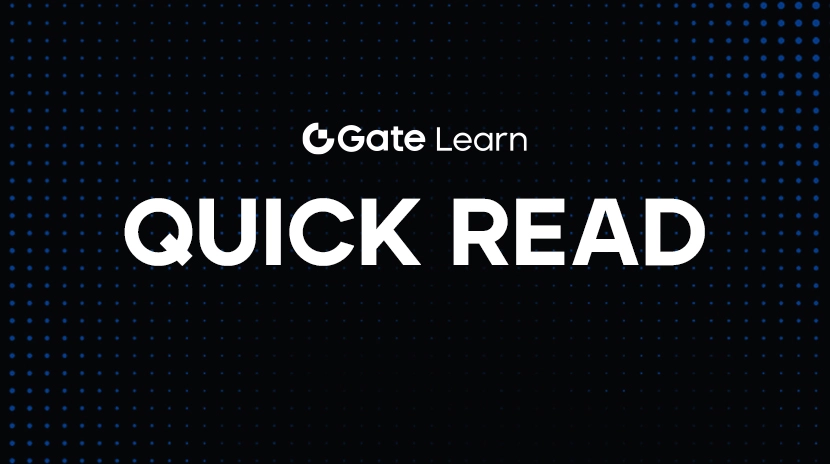
Valor de los Blox Fruits: Cómo evaluar y maximizar el valor comercial de los Blox Fruits
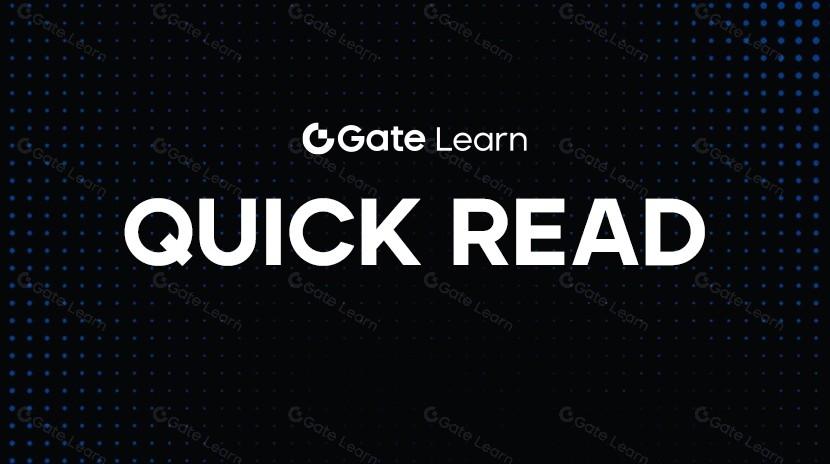
Valor de Cripto PI: Lanzamiento en Mainnet el 20 de febrero de 2025 & Predicciones de precios futuros

¿Es XRP una Buena Inversión? Una Guía Integral sobre su Potencial
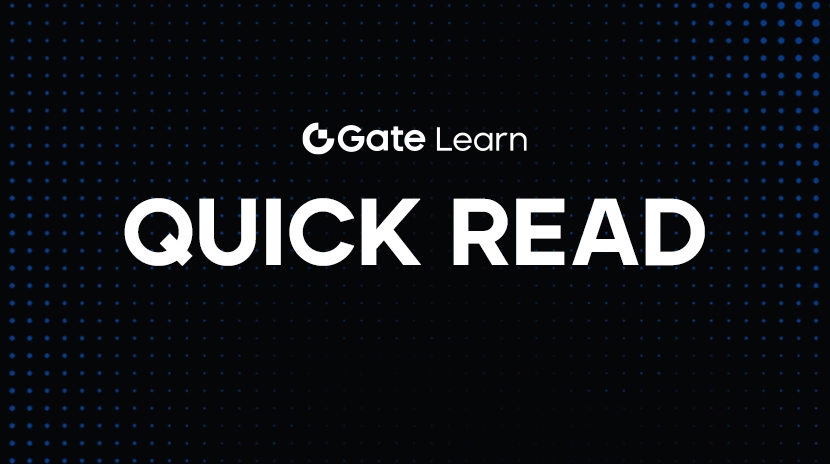
¿Cómo rastrear la transacción USDT BEP20?
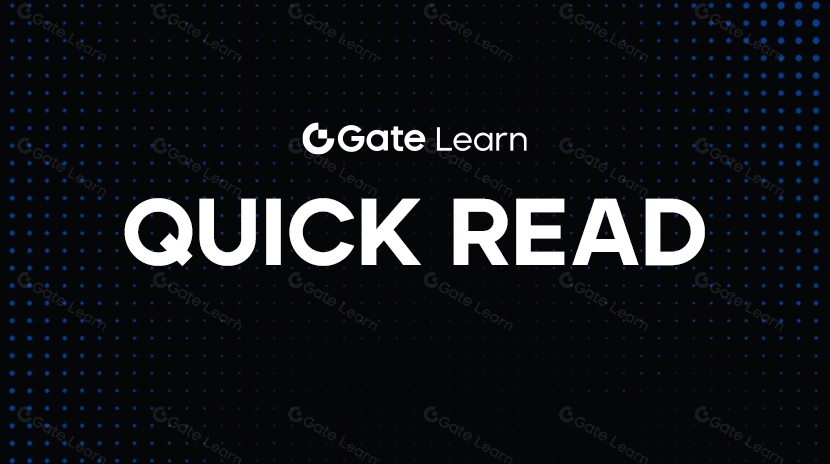
Cómo vender Pi Coin: una guía para principiantes
